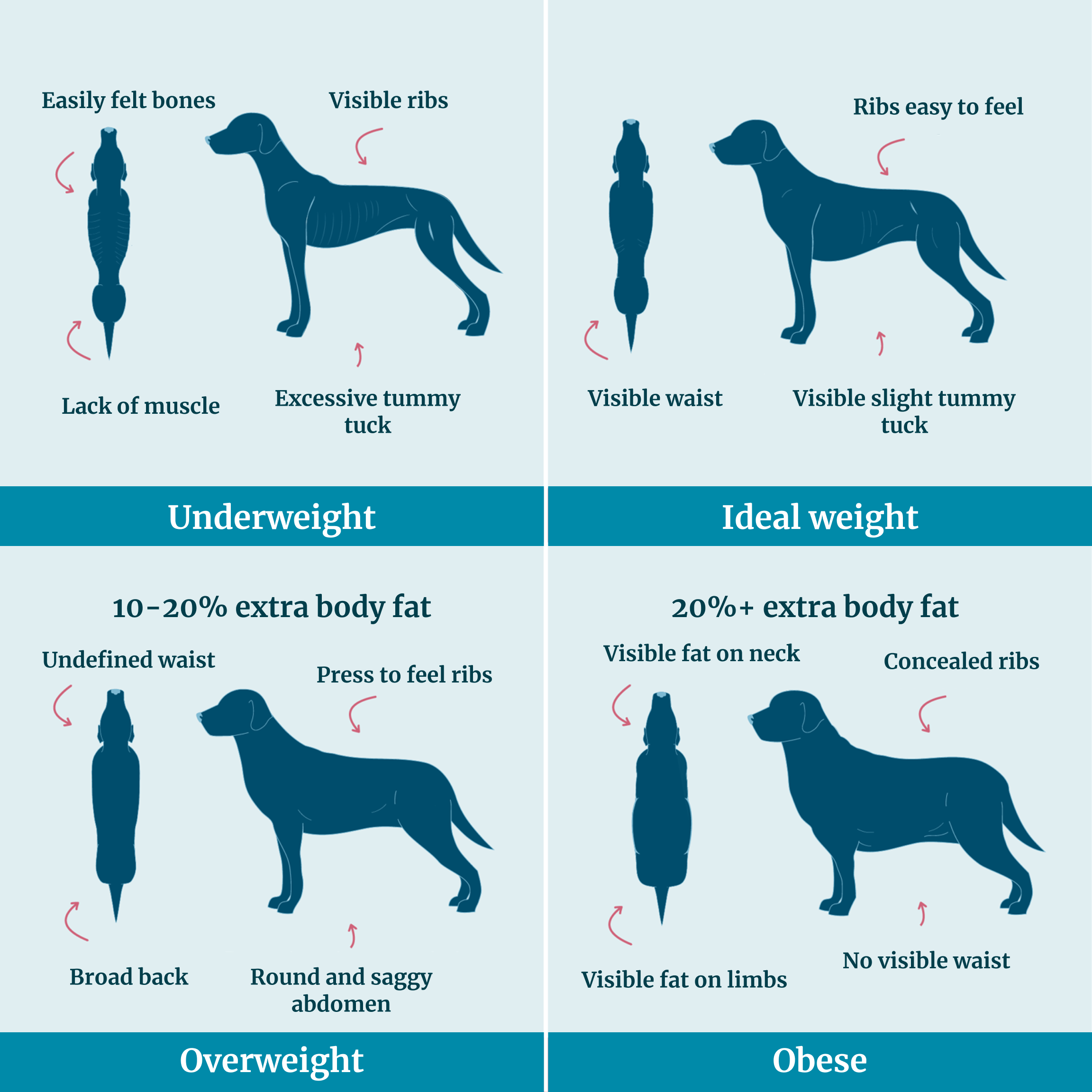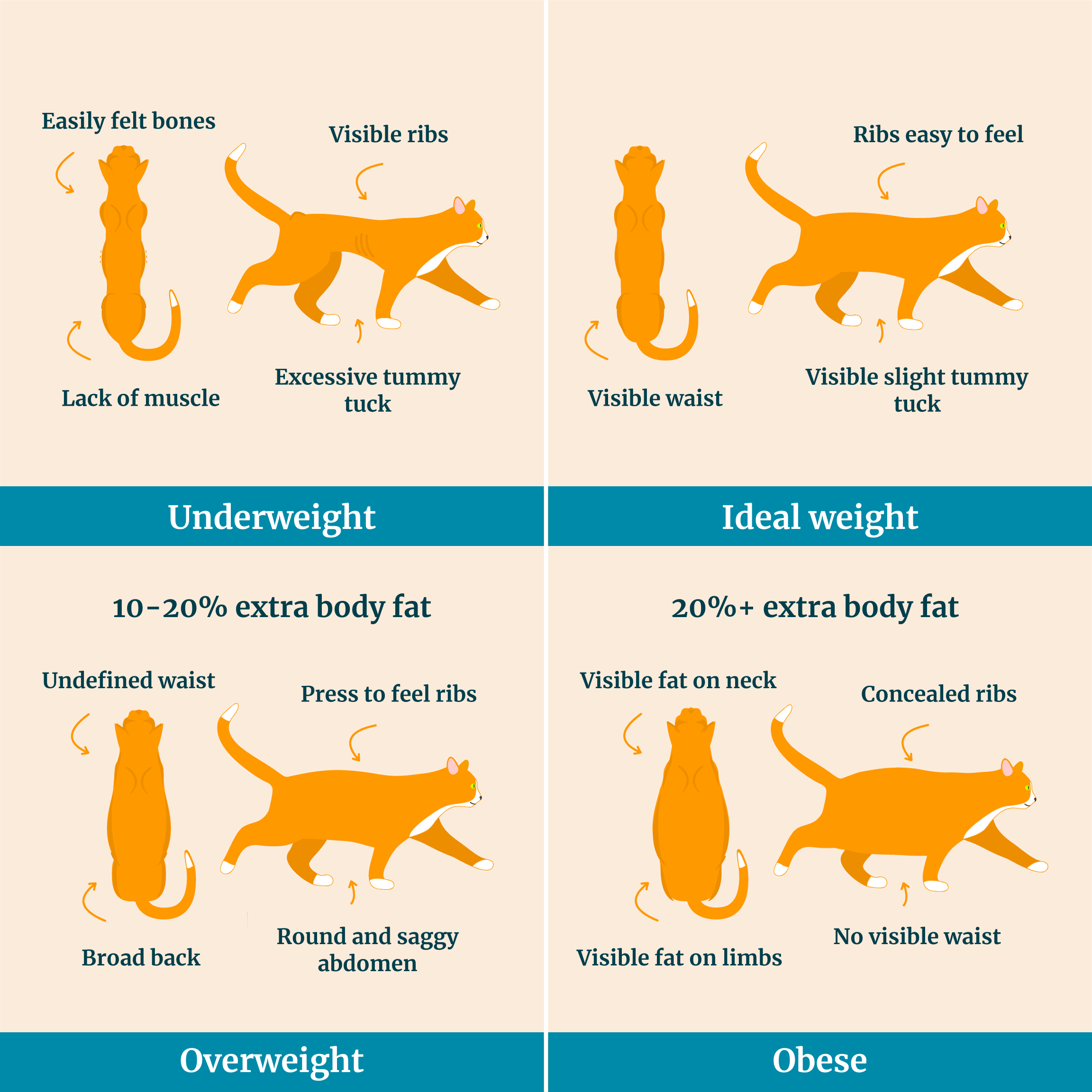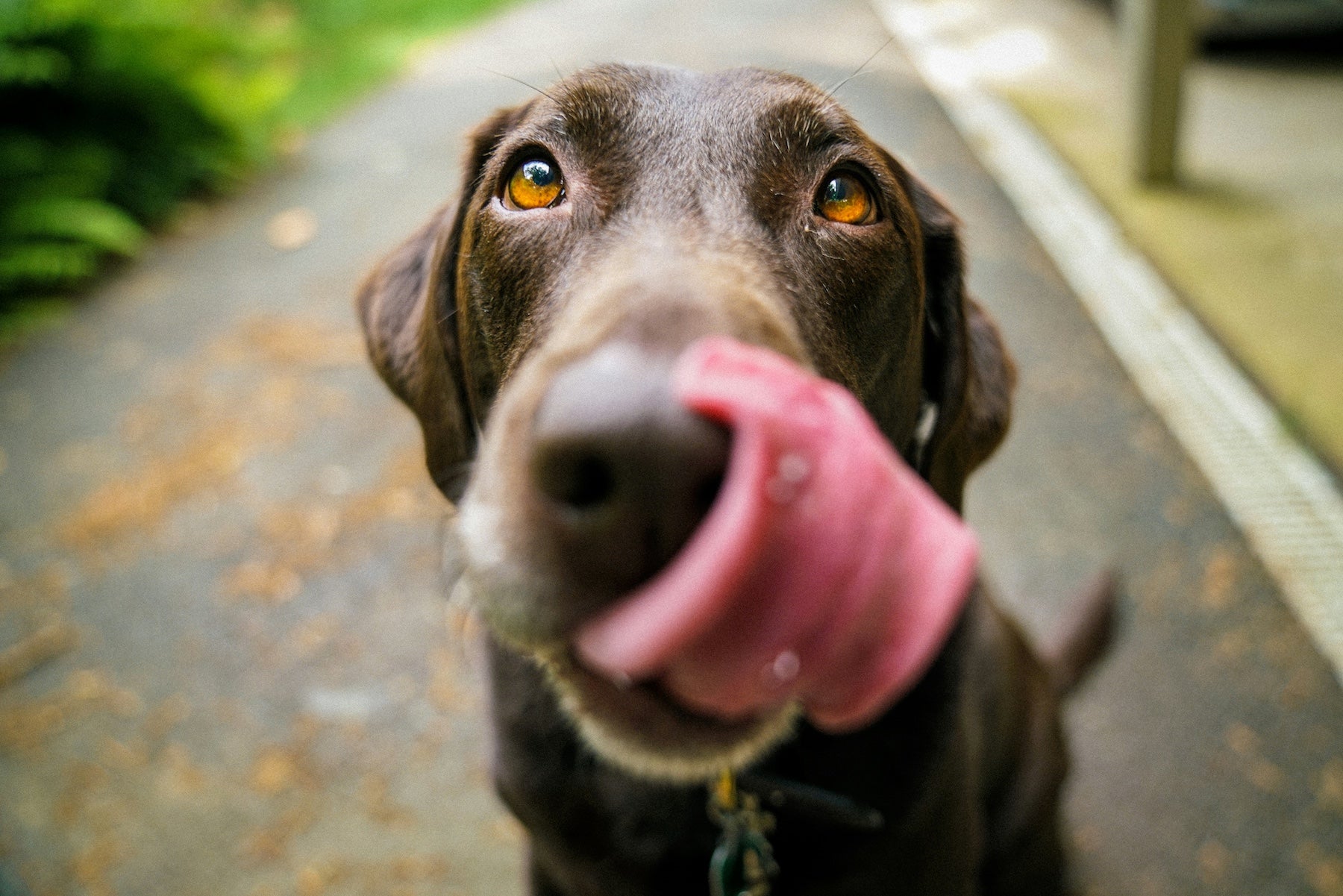
Select cat or dog:



Need feeding advice?
Speak to our nutritionists.
No query is too small for our Nutrition Team, so please fire away!
-
FOUNDED IN 1993Over 30 years of happy pets
-
SUBSCRIBE & SAVEWith discounts and benefits
-
FREE NUTRITION HELPLINETalk to our friendly team
-
JOIN OUR PUPPY CLUBFor exclusive puppy offers!



